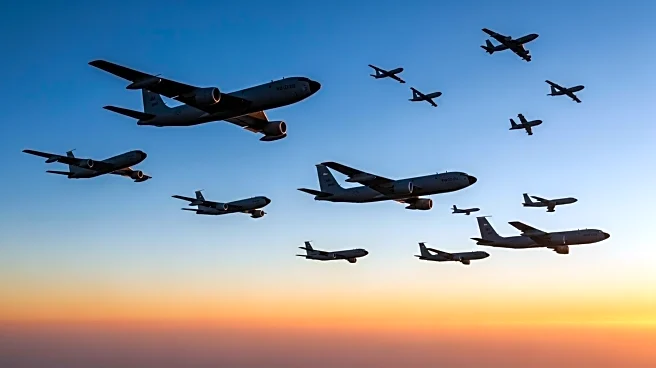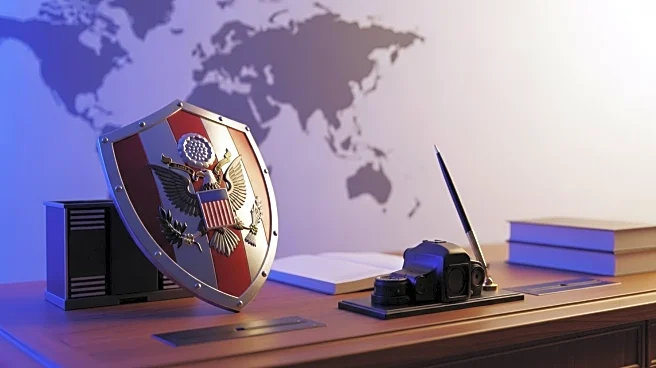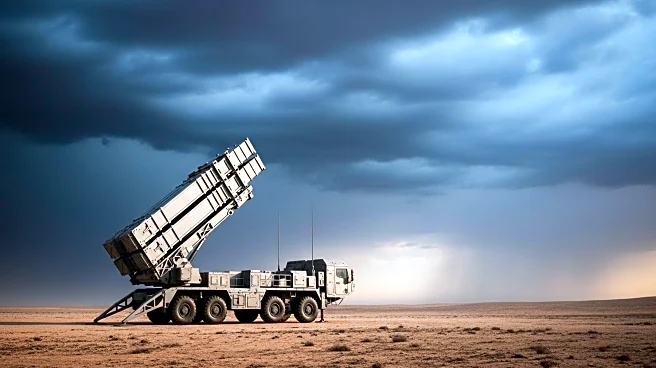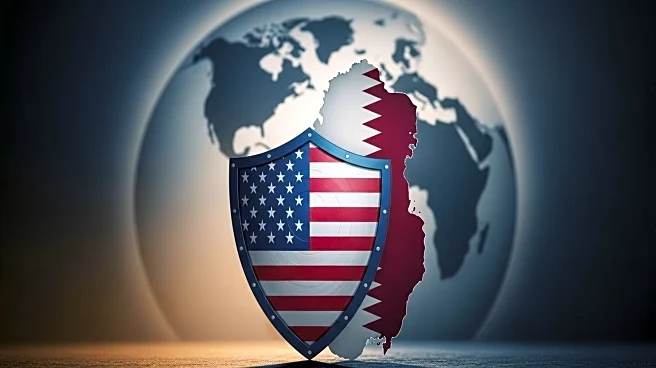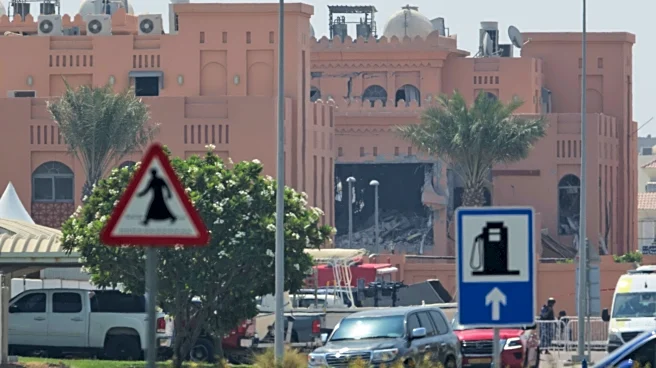What is the story about?
What's Happening?
The United States has deployed a significant number of KC-135 Stratotankers to the Middle East, marking one of the largest aerial refueling operations in recent months. These aircraft have been tracked moving from Atlantic bases to Al Udeid Air Base in Qatar, which serves as the headquarters for U.S. Central Command. This deployment comes amid escalating tensions with Iran, which has issued threats of retaliation against any potential attacks. The move is seen as a strategic increase in U.S. military readiness in the region, with the KC-135 tankers providing essential refueling capabilities for long-range operations. Iran has emphasized its preparedness to defend itself, with officials stating they would extend missile ranges as necessary and respond decisively if attacked.
Why It's Important?
The deployment of KC-135 Stratotankers is significant due to the volatile regional environment, particularly with stalled nuclear negotiations and ongoing sanctions against Iran. The concentration of aerial refueling capabilities in Qatar ensures that U.S. forces can respond swiftly across the region, highlighting the strategic implications of this military buildup. The situation is further complicated by Iran's readiness to retaliate against both Israel and its allies, as indicated by statements from Iranian officials. This development underscores the potential for rapid confrontation, making diplomatic engagement and careful monitoring critical to prevent escalation.
What's Next?
The deployment signals a period of heightened vigilance in the Middle East, with attention focused on additional movements of American aircraft or other military assets. Iran's statements indicate it is prepared to respond swiftly to any perceived threats, and the stalled nuclear negotiations, ongoing sanctions, and regional tensions—including the potential for renewed clashes with Israel—could lead to a quick escalation. Diplomatic efforts and monitoring will be crucial in the coming weeks to manage the situation and prevent conflict.
Beyond the Headlines
The deployment of U.S. military assets to the Middle East reflects broader geopolitical dynamics, including the strategic importance of maintaining military readiness in volatile regions. The situation also highlights the complexities of international diplomacy, where military posturing can influence negotiations and regional stability. The potential for conflict underscores the need for effective communication and engagement between nations to address underlying issues and prevent escalation.
AI Generated Content
Do you find this article useful?
